When you think of American brands, you probably picture durability, tradition, and that iconic “Made in the USA” label. But just because a company has U.S. roots—or even a stars-and-stripes logo—doesn’t mean its products are still made on American soil. In fact, many household names have quietly shifted production overseas, while others have doubled down on staying local. For consumers who care about domestic manufacturing, ethical sourcing, or simply supporting American jobs, knowing the truth behind the label matters. That’s why we’ve rounded up 20 brands that still manufacture right here in the United States—and 21 that don’t. Some might surprise you, others may disappoint you, but all are worth knowing before your next purchase.
1. Still Made Here: Red Wing Shoes
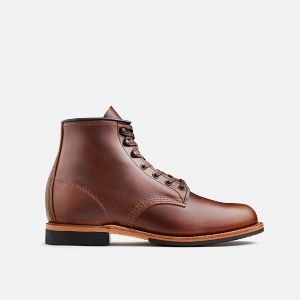
Red Wing Shoes has been an American icon in the workwear industry since 1905. Based in Red Wing, Minnesota, the company has stayed true to its roots by continuing to manufacture many of its boots in the U.S. The company employs skilled artisans who craft each boot with high-quality leather, triple stitching, and Goodyear welt construction. Red Wing even owns its own tannery, S.B. Foot Tanning Company, to maintain control over leather quality. While not every single pair is made in America, their Heritage line and many core work boots proudly bear the “Made in the USA” label. For customers seeking authentic, American-made durability, Red Wing continues to deliver on legacy and performance.
2. Not Made Here: Levi’s
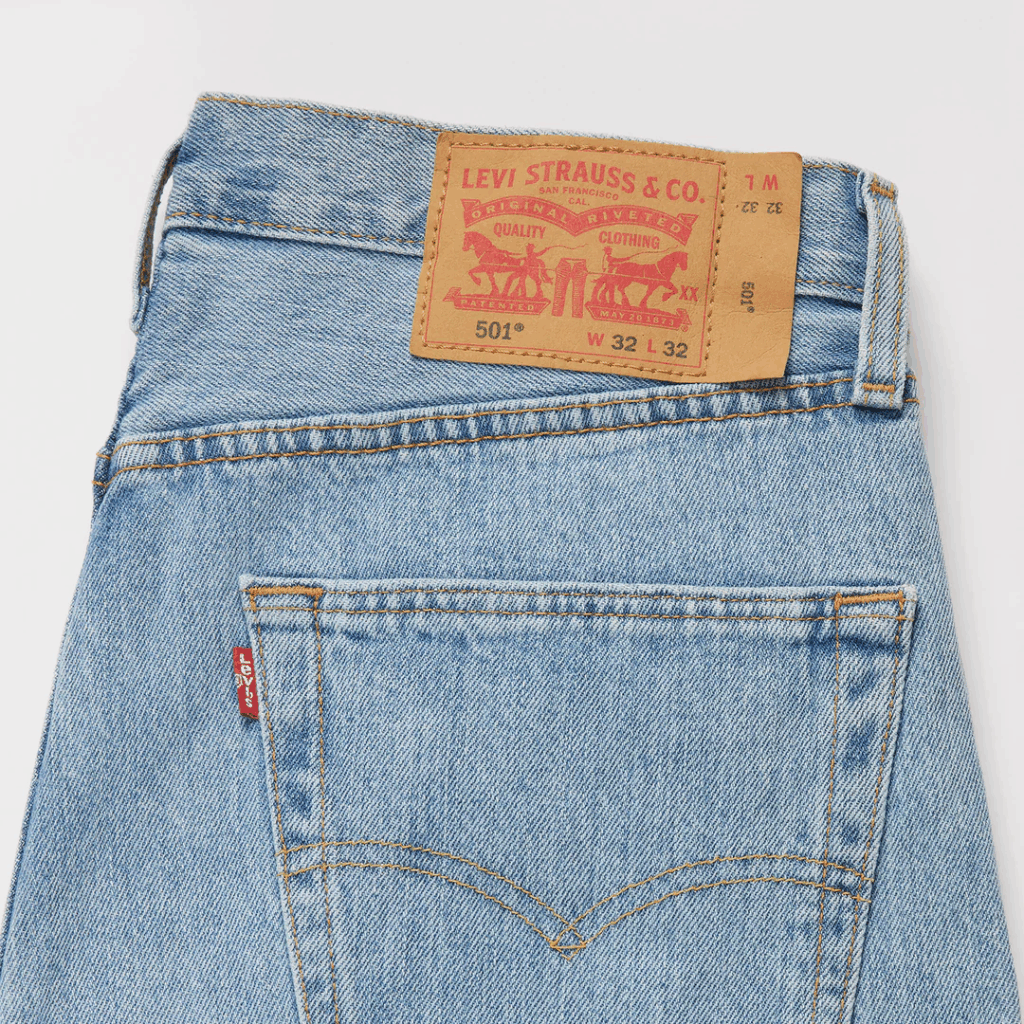
Levi Strauss & Co. practically invented the American blue jean, but the brand has shifted its production overseas over the decades. Once stitched in factories across the U.S., Levi’s now produces the majority of its jeans in countries like Mexico, Bangladesh, and Sri Lanka. The company closed its last U.S. factory in 2003, citing the need to remain competitive in a global market. Though a few “Made in the USA” limited-edition jeans are occasionally released, they’re not the norm. This move disappointed many long-time fans who equated Levi’s with American manufacturing and labor. Today, most Levi’s products bear tags from Asia and Central America, not San Francisco.
3. Still Made Here: Lodge Cast Iron
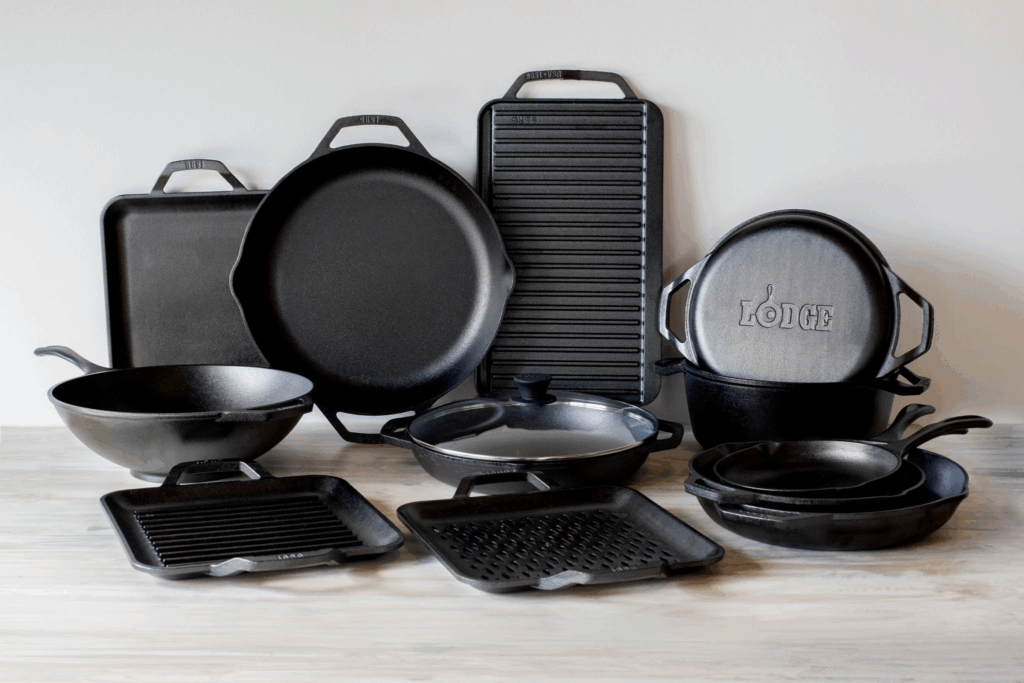
Lodge Manufacturing has been producing cast iron cookware in South Pittsburg, Tennessee since 1896, making it one of the oldest continuously operating cookware companies in the United States. What makes Lodge special is its commitment to keeping everything local—from melting down recycled steel to molding and seasoning each skillet by hand. Unlike many cookware competitors who outsourced production, Lodge invested in expanding its U.S. foundry operations. Their products have become a staple in American kitchens, praised for durability, even heat distribution, and the nostalgic feeling of grandma’s cooking. Whether you’re frying bacon or baking cornbread, that skillet likely came straight from Tennessee.
4. Not Made Here: Converse
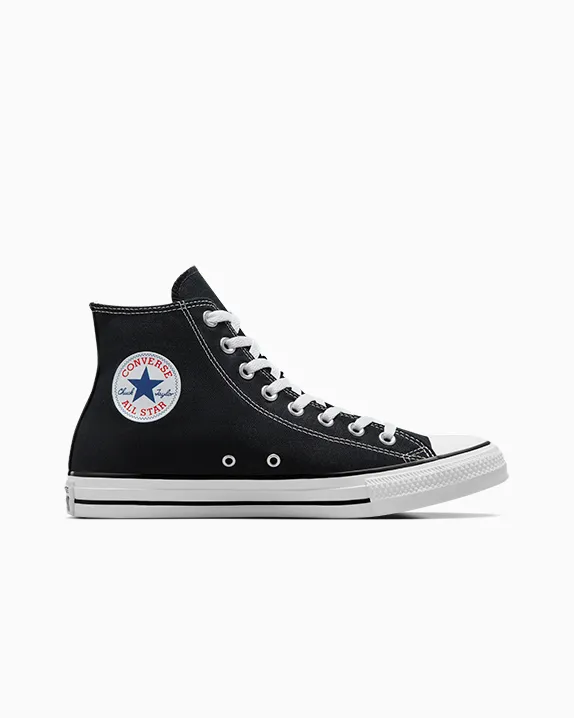
Converse was once a pillar of American sportswear, with its classic Chuck Taylor All-Stars manufactured in Massachusetts. But after Nike acquired Converse in 2003, production was moved overseas to cut costs and increase output. Today, most Converse sneakers are made in factories in Vietnam, China, and Indonesia. While the design remains iconic, many consumers miss the days when “Chucks” were built in U.S. towns with American labor. Limited-edition, domestically made pairs have popped up over the years, but they’re rare and pricey. For many longtime fans, the brand’s shift offshore changed the meaning of owning a pair of All-Stars.
5. Still Made Here: Vermont Teddy Bear Company
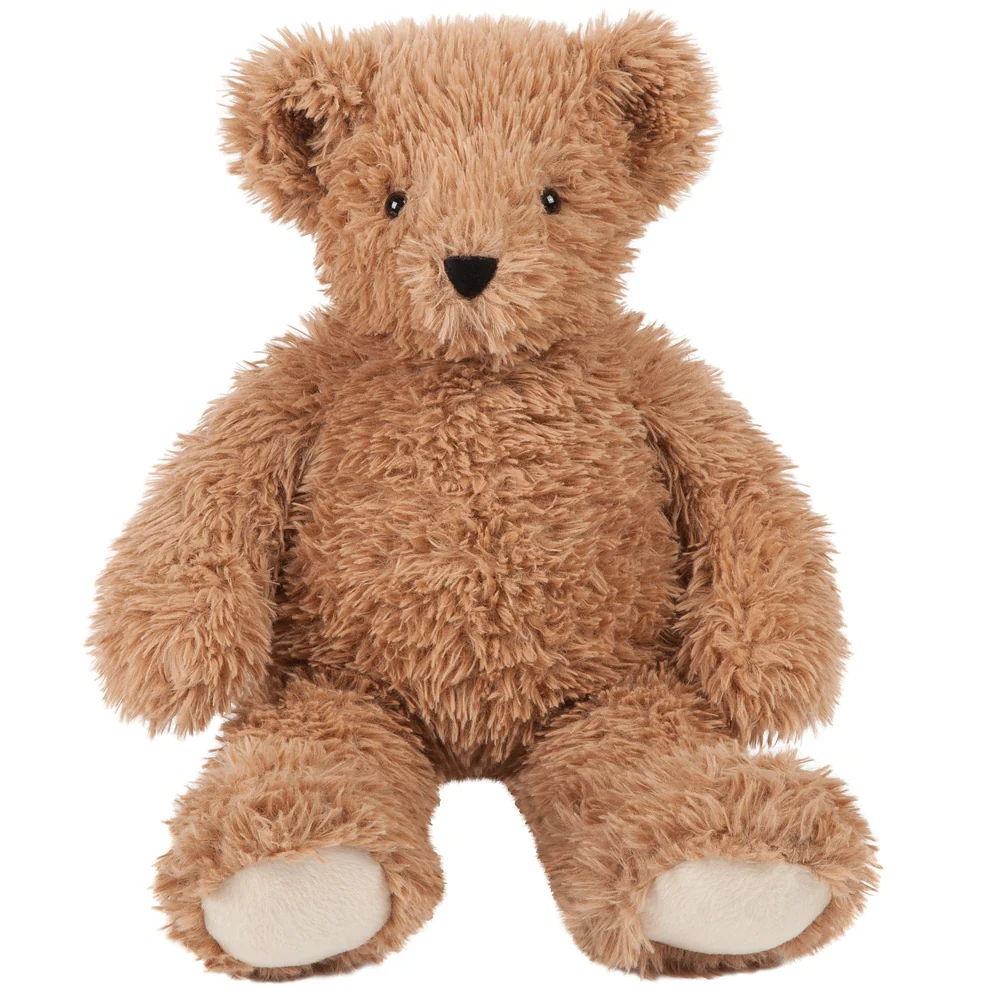
Nestled in Shelburne, Vermont, this brand is as quaint as it sounds. The Vermont Teddy Bear Company makes handcrafted teddy bears that are designed, stitched, stuffed, and dressed right in their local facility. Each bear is made from start to finish by local artisans, and the factory even offers tours so you can see the process in action. The company proudly waves the “Made in the USA” banner and backs it up with lifetime guarantees. While big-box toy companies have long outsourced to Asia, Vermont Teddy Bear has stayed fiercely local, emphasizing quality over mass production. These bears aren’t just toys—they’re collectibles, each one bearing the heart of small-town America.
6. Not Made Here: Radio Flyer
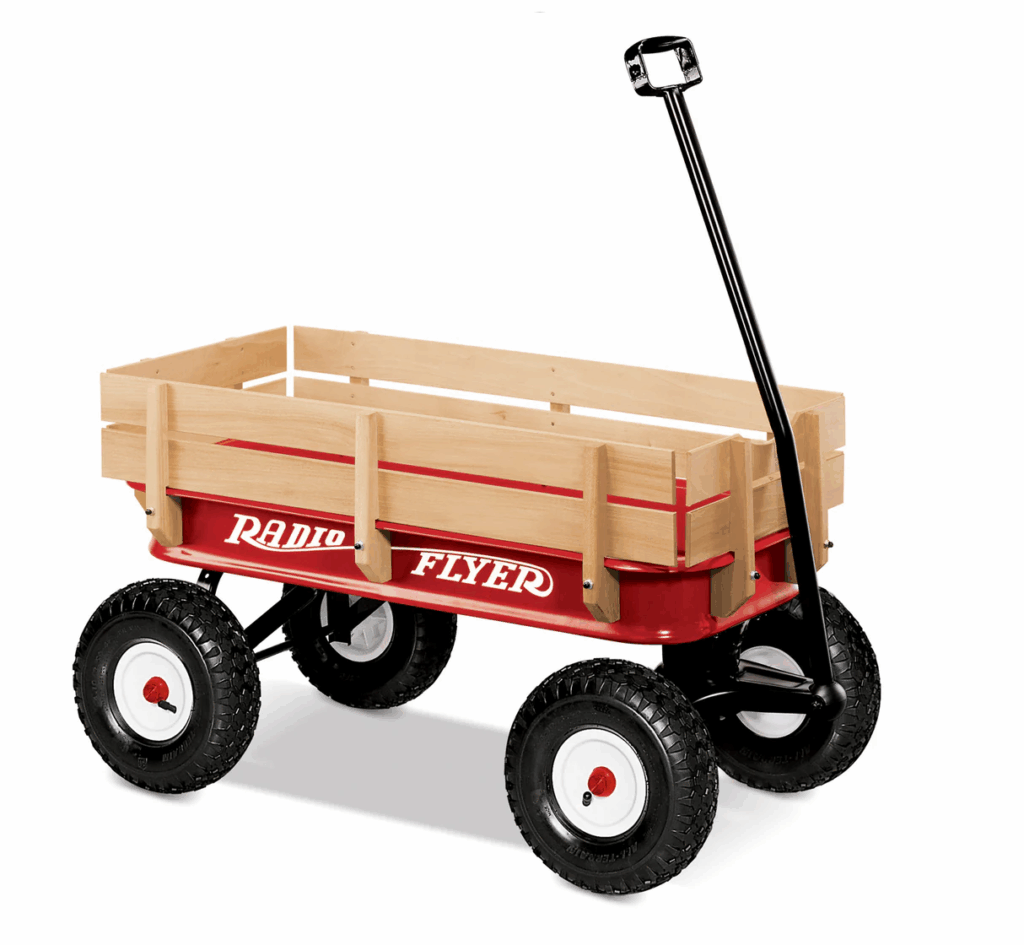
The red wagon that’s rolled through generations of American childhoods is no longer made in the U.S. Radio Flyer, a Chicago-based brand since 1917, moved most of its production to China years ago. While the company still designs its products in Illinois, the actual manufacturing is done overseas to reduce costs. This includes not just wagons, but tricycles, scooters, and other ride-on toys. Though the brand maintains its classic look and feel, many consumers are surprised to learn those nostalgic wheels are now produced far from American soil. The shift hasn’t stopped sales, but it has changed the meaning of “all-American toy” for many buyers.
7. Still Made Here: Zippo
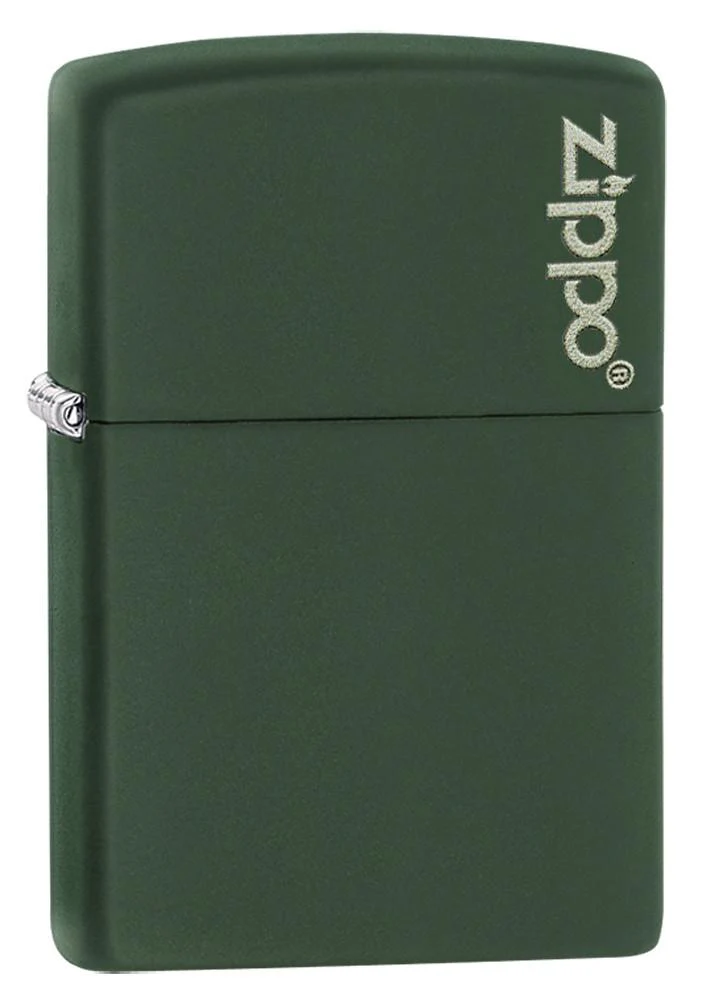
Zippo lighters remain a lasting symbol of American design and durability. Based in Bradford, Pennsylvania since 1932, the company has never outsourced its core production. Every Zippo lighter is manufactured in its original hometown, where about 600 employees oversee the stamping, assembling, and polishing of each unit. Zippo even has a lifetime guarantee—if it breaks, they fix it for free. The factory is open for tours, and the brand continues to represent rugged, reliable Americana. Unlike many companies that moved overseas, Zippo doubled down on its roots and became a point of pride for both collectors and patriots.
8. Not Made Here: KitchenAid Mixers (Some Models)
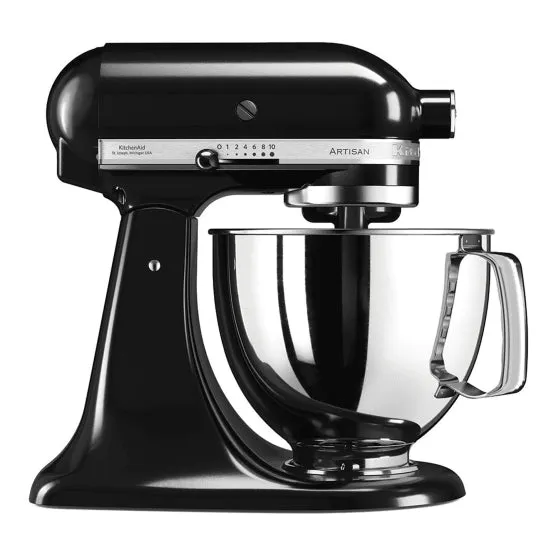
KitchenAid is a beloved name in American kitchens, but not everything under its brand is made in the U.S. The iconic stand mixers are still assembled in Greenville, Ohio, but many of the internal parts come from around the world. Smaller appliances like toasters, blenders, and coffee makers are typically made in China or Mexico. The brand’s parent company, Whirlpool, balances domestic production with international outsourcing depending on the product. So while you can feel confident in the American assembly of a classic stand mixer, that confidence may not carry over to their other gadgets.
9. Still Made Here: New Balance (Select Models)
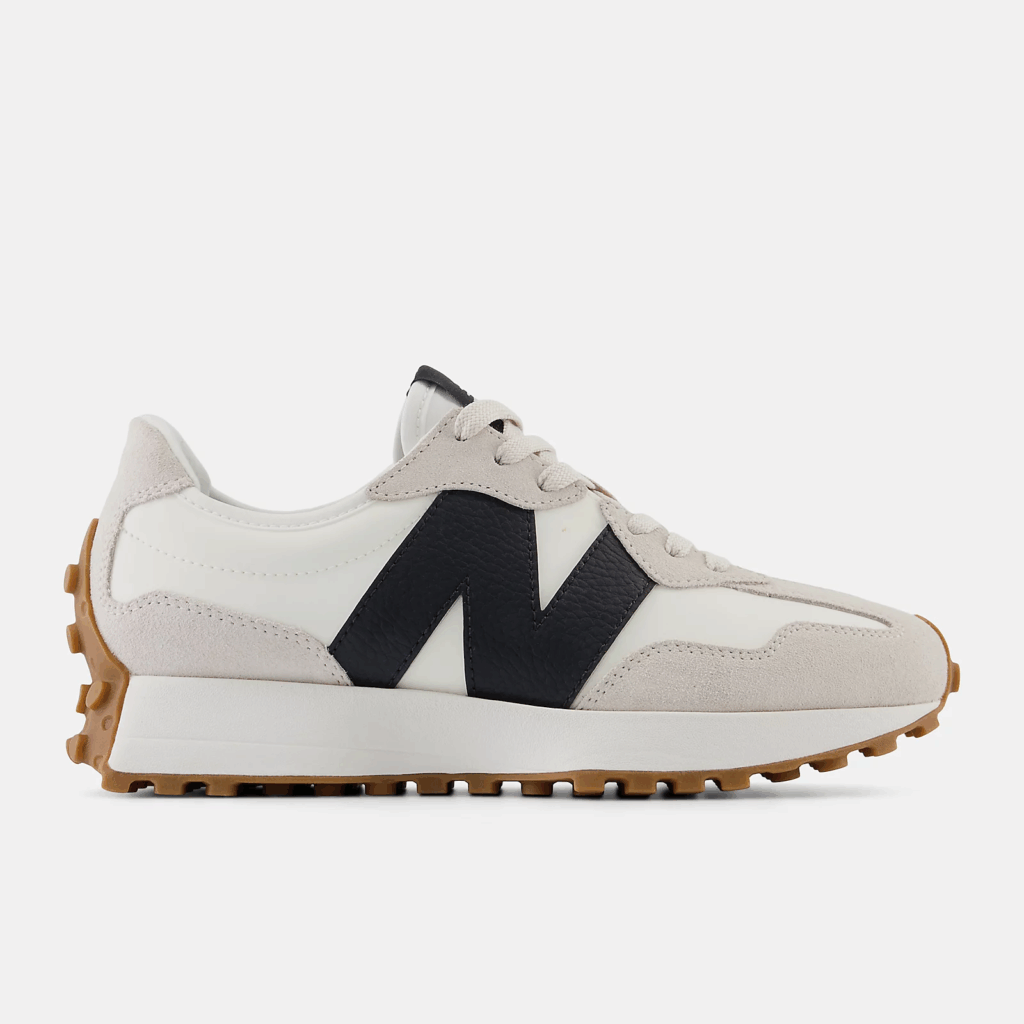
New Balance stands apart from most athletic shoe companies by keeping part of its manufacturing stateside. The company operates five factories across Maine and Massachusetts and employs hundreds of American workers. However, only certain models—like those in the 990 series—are labeled “Made in USA.” These shoes are crafted with domestic and imported materials, but the final assembly and quality checks happen here. Most other styles, though, are made in Vietnam, China, or Indonesia. New Balance doesn’t hide this—they’re one of the few major brands transparent about what’s actually made where.
10. Not Made Here: Ray-Ban
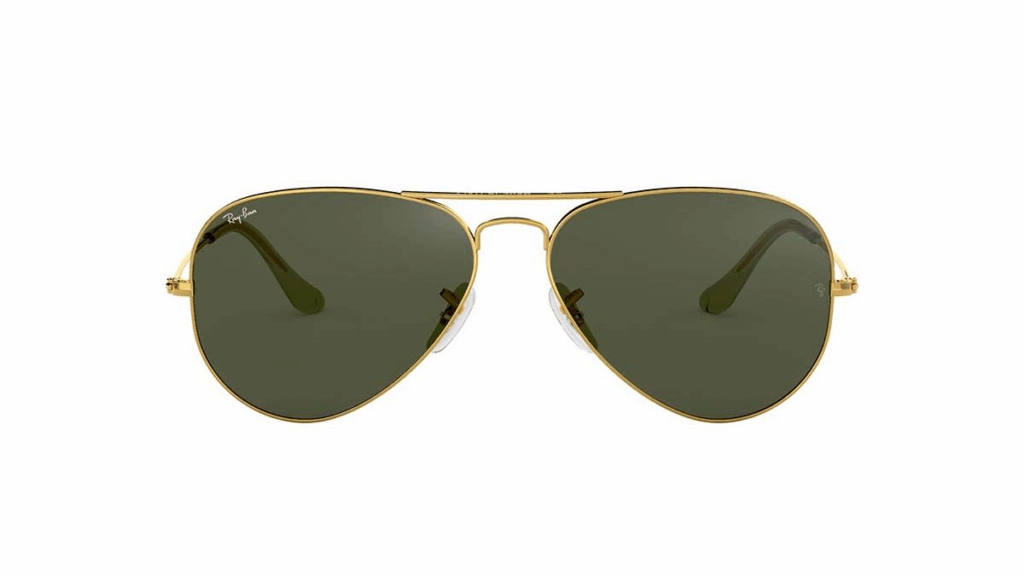
Ray-Ban sunglasses were born in America and first manufactured for U.S. military pilots in the 1930s. But after the brand was bought by Italian eyewear giant Luxottica in 1999, production shifted overseas. Today, most Ray-Ban glasses are made in Italy and China, although some premium lines are crafted with higher-grade materials. The classic styles like Aviators and Wayfarers are still popular, but for those who equate Ray-Ban with American manufacturing, the truth might sting. The brand is now more of a global fashion icon than a piece of domestic heritage.
11. Still Made Here: American Giant
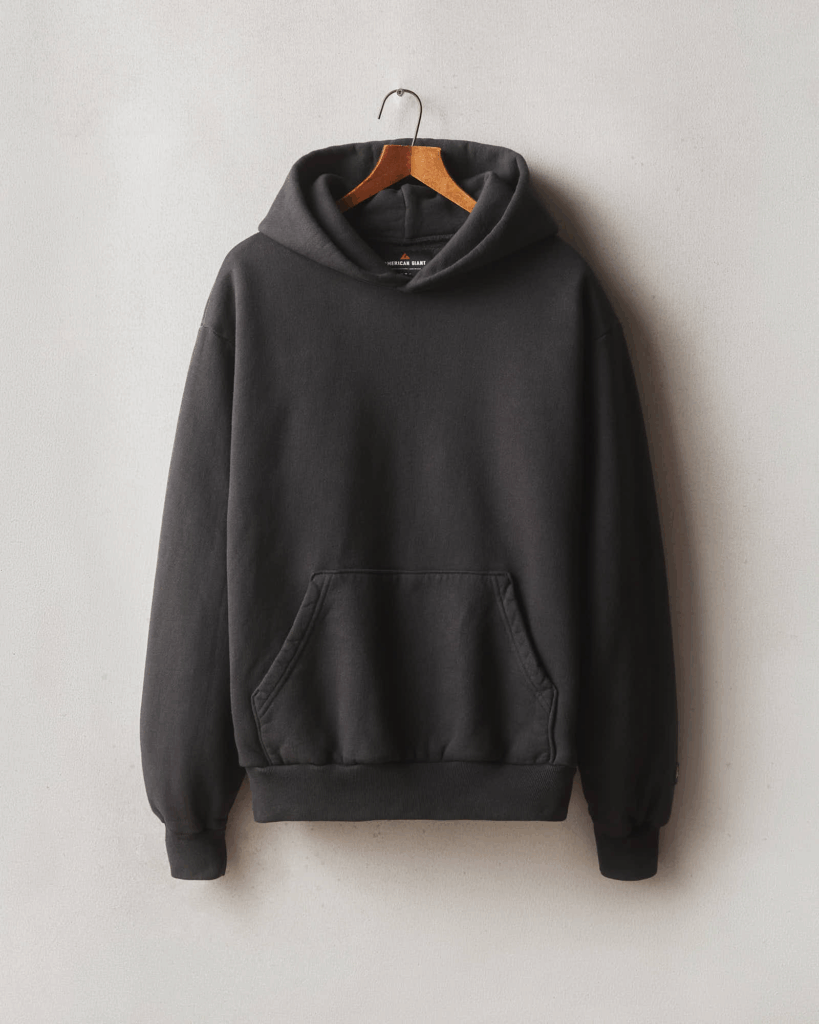
American Giant built its entire reputation on refusing to outsource. The company launched with a mission to produce high-quality basics—like hoodies, t-shirts, and joggers—entirely within the United States. From growing the cotton in North Carolina to cutting and sewing in California, every step is handled domestically. Their first product, famously dubbed “the greatest hoodie ever made,” set the tone for the brand’s commitment to slow fashion and local labor. While their items come at a higher price point, supporters believe the longevity and ethics behind each piece justify it. For customers who want apparel with full transparency and real American craftsmanship, American Giant delivers.
12. Not Made Here: Craftsman Tools
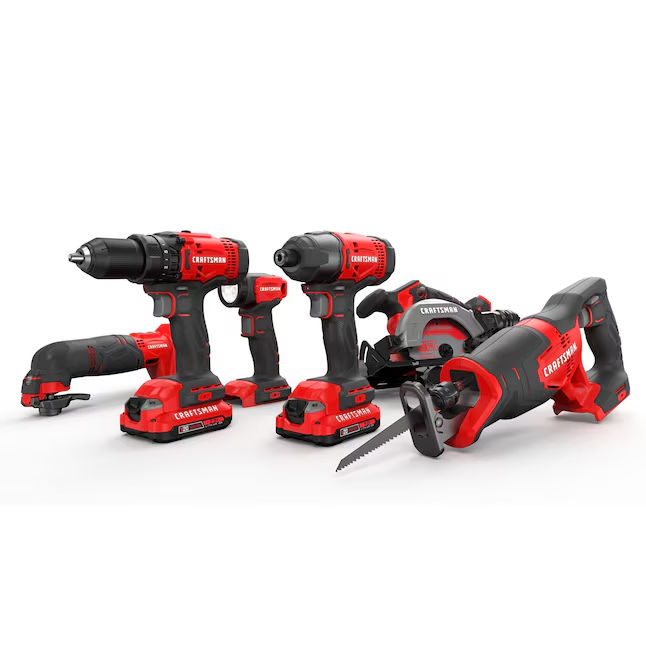
Craftsman used to be synonymous with American-made quality. For decades, the tools were produced in U.S. factories and sold at Sears with a lifetime guarantee. However, when Stanley Black & Decker acquired the brand in 2017, much of the manufacturing shifted to China and Taiwan. Though Stanley has since opened a new facility in Texas to bring some production back, the majority of Craftsman’s inventory is still imported. Many longtime customers feel the brand lost its original spirit. While it’s making some moves to regain domestic trust, Craftsman is no longer the all-American brand it once was.
13. Still Made Here: Pyrex (Select Products)
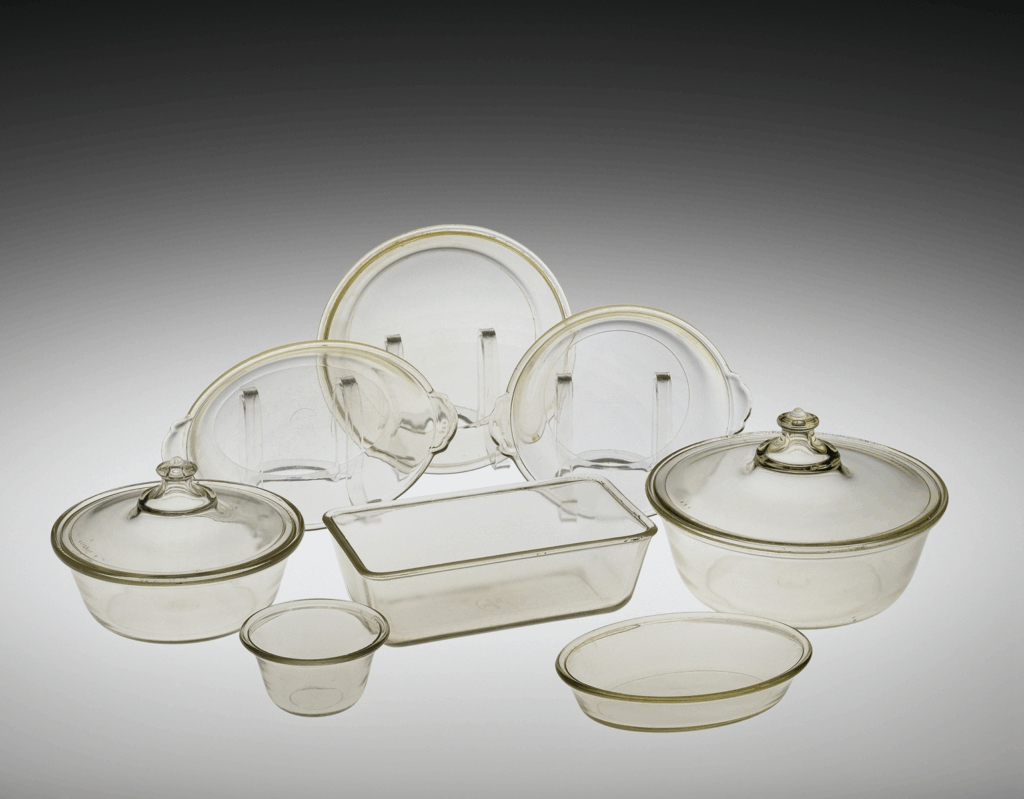
Pyrex has been a staple in American kitchens for over a century, known for its durable glass bakeware. The original Pyrex products, made of borosilicate glass, were produced by Corning Inc. in New York. Today, World Kitchen (now Corelle Brands) owns Pyrex, and much of its glassware is still made in Charleroi, Pennsylvania. However, not all Pyrex is created equal. Some newer items—especially plastic containers and accessories—are made overseas. If you want a Pyrex dish that’s genuinely American-made, it’s best to stick with the classic tempered glass bakeware and double-check labels.
4. Not Made Here: Hershey’s (Some Products)
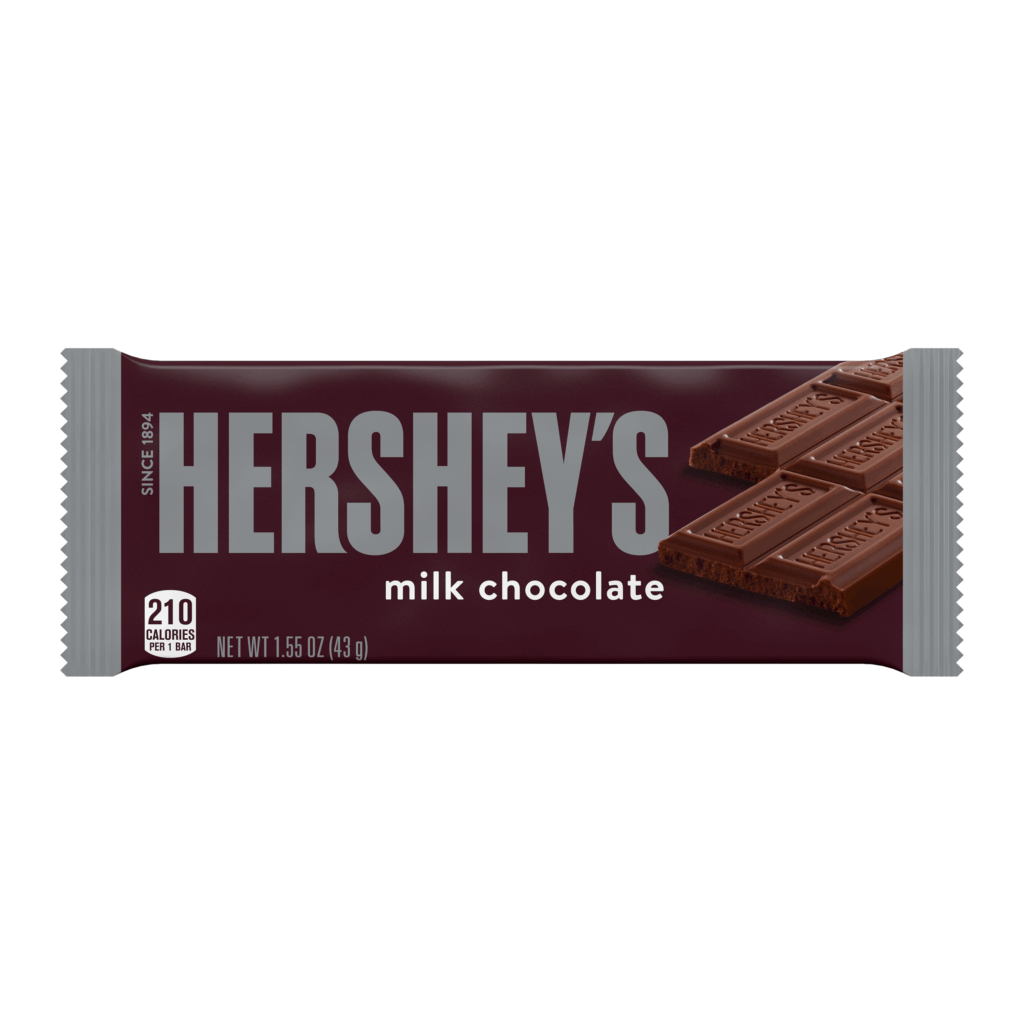
Hershey’s is one of the most iconic American chocolate companies, with deep roots in Pennsylvania. The original factory town of Hershey was even built around the company. While many core chocolate bars like Hershey’s Milk Chocolate and Reese’s are still produced in the U.S., some of their other products are not. Items like Brookside, Zagnut, and Kit Kats (licensed from Nestlé outside the U.S.) are often manufactured in Canada, Mexico, or Asia. So while the Hershey name still dominates American candy aisles, not every bar or bag is as local as you might assume.
15. Still Made Here: Darn Tough Socks
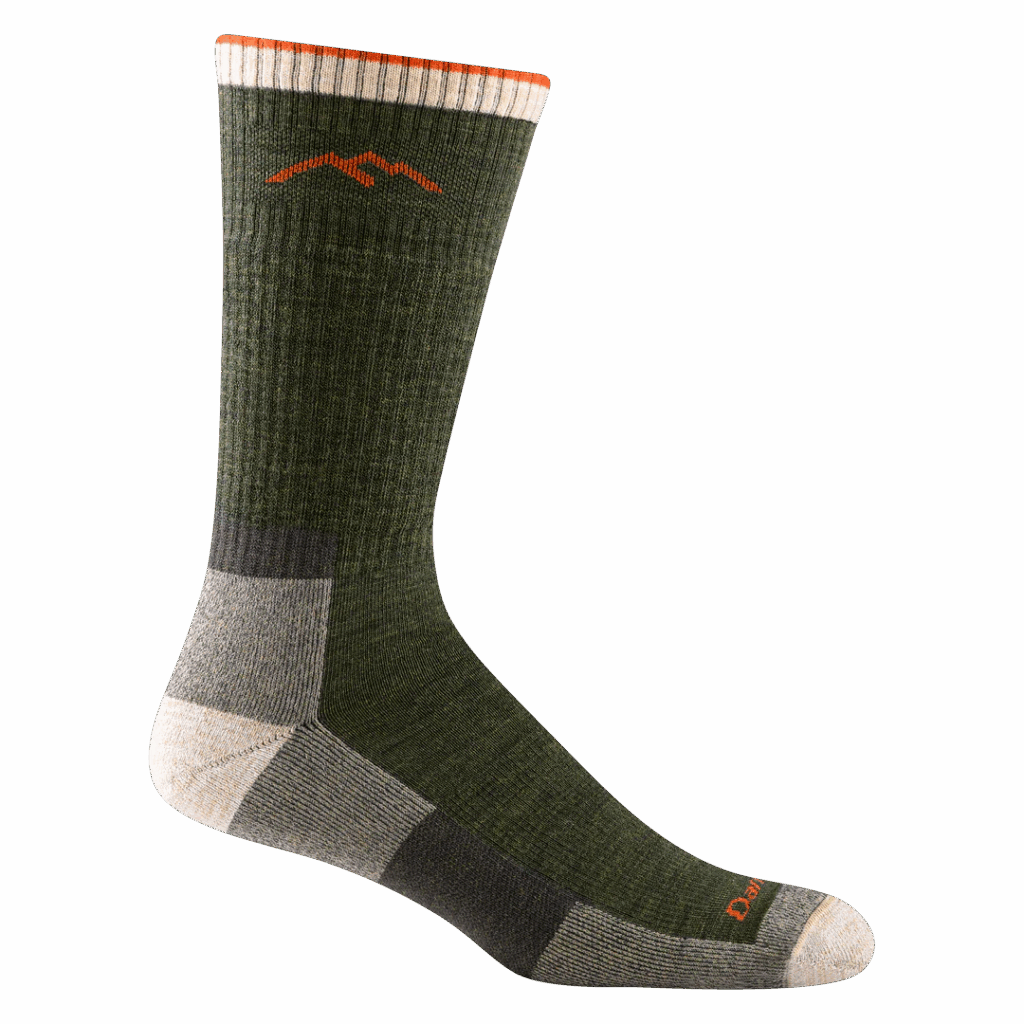
If you’ve ever worn Darn Tough socks, you know the name isn’t just marketing. These socks are designed for hikers, runners, and workers who need gear that holds up. Every pair is knit in Northfield, Vermont using Merino wool and high-performance synthetics. The company proudly offers a lifetime guarantee—if they wear out, they’ll replace them. Darn Tough keeps its entire operation local, from design to knitting to packaging. This small, family-owned business has quietly become a giant in the outdoor apparel world, proving that American-made performance wear can still thrive in a globalized market.
16. Not Made Here: RCA Electronics
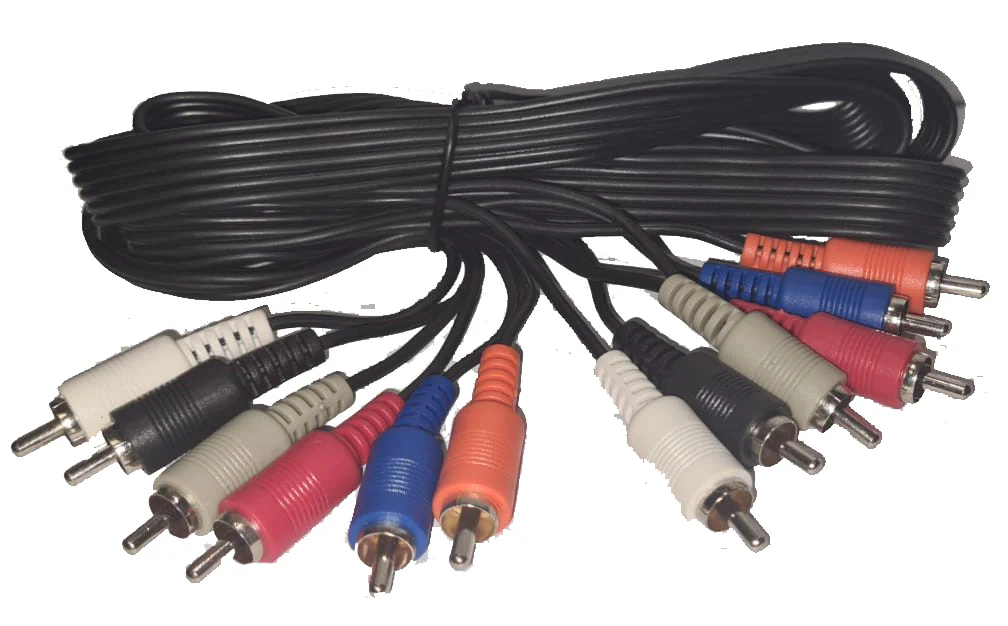
RCA was once a giant of American innovation, especially in the fields of radio, television, and home electronics. Founded in 1919, the company helped pioneer the color TV and was a symbol of domestic manufacturing for decades. However, after a series of acquisitions and licensing deals, RCA is now mostly a name stamped on products made by international manufacturers. Today, RCA-branded TVs, tablets, and appliances are produced overseas, primarily in China, by companies like Technicolor and Curtis International. The brand is still alive, but its American roots have been replaced by global sourcing and third-party production.
17. Still Made Here: Crayola Crayons
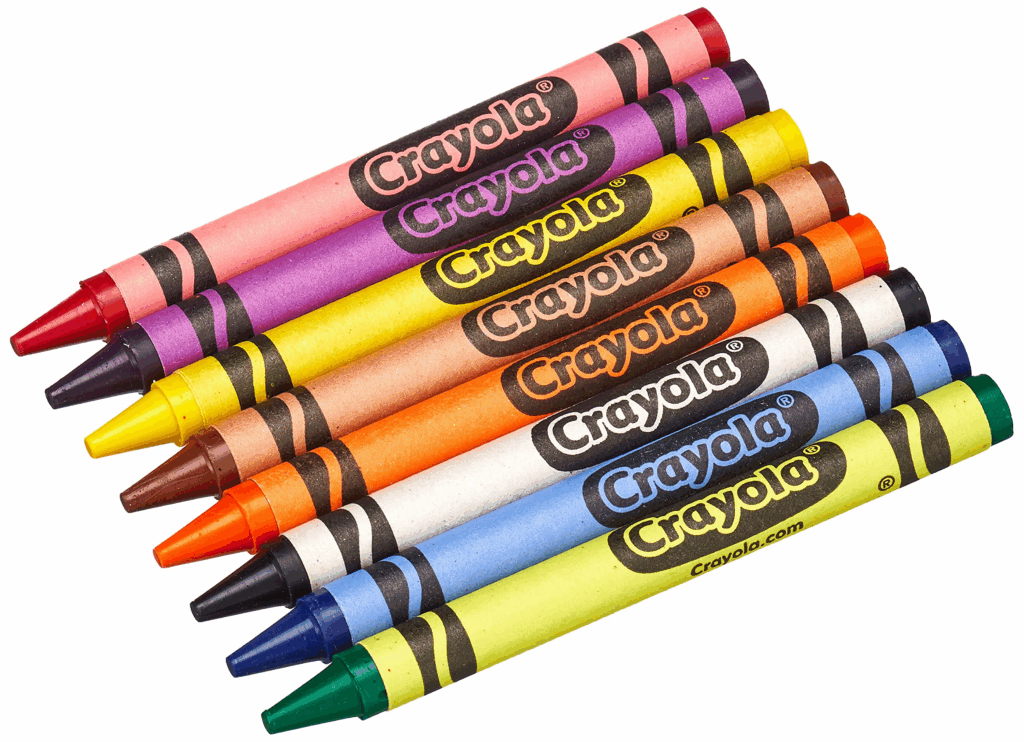
Few childhood memories are as colorful as opening a fresh box of Crayola crayons. The good news? Those crayons are still made in Easton, Pennsylvania, where the company has operated since 1903. Crayola produces billions of crayons annually, and most of them are manufactured right at home using a blend of paraffin wax and non-toxic pigments. The factory is also a popular tourist destination, with an interactive experience that shows kids how crayons and markers are made. In an era when many toys and school supplies are shipped in from China, Crayola remains proudly American-made.
18. Not Made Here: GE Appliances (Some Products)
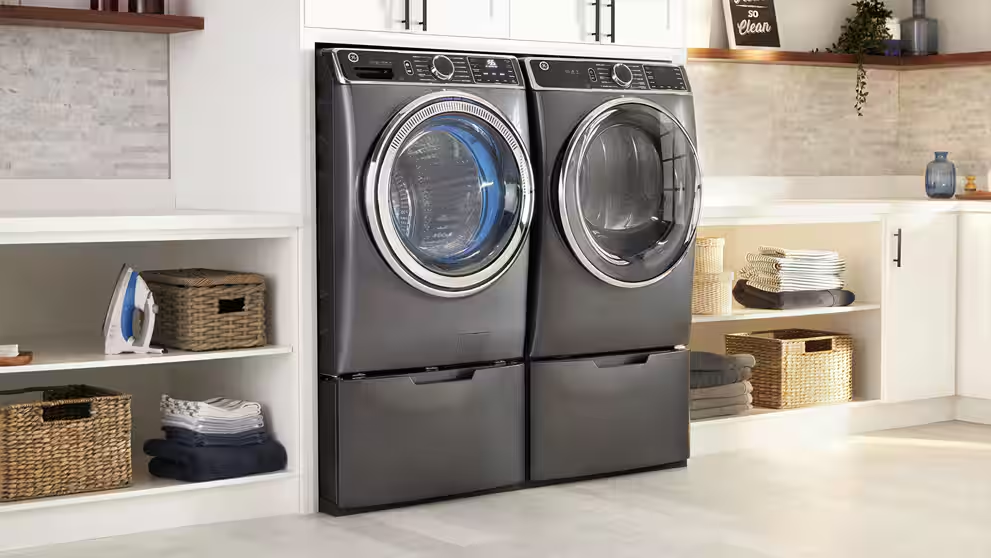
General Electric was once the gold standard of American industry. While GE Appliances still maintains significant operations in Kentucky, including a major plant in Louisville, not all of its products are made in the U.S. Many of its microwaves, air conditioners, and small appliances are assembled in Mexico or Asia. In 2016, GE Appliances was sold to Chinese company Haier, further shifting the brand’s identity. Some product lines do still qualify as “Made in America,” but you have to read the fine print. For buyers who prioritize domestic production, GE is now a mixed bag.
19. Still Made Here: All-Clad Cookware
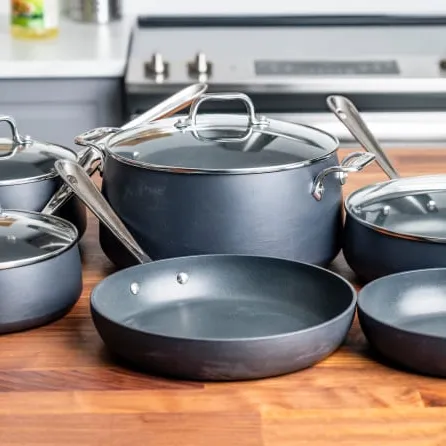
All-Clad is the cookware brand of choice for many chefs and culinary enthusiasts—and it’s still manufactured in Canonsburg, Pennsylvania. The company pioneered bonded metal technology, combining layers of stainless steel and aluminum for superior heat conduction. Every pan is meticulously crafted, inspected, and polished in the U.S. by skilled workers. All-Clad also sources many of its raw materials from within the country, maintaining tight control over quality. Although the brand has introduced some lower-cost lines that are made overseas, their classic stainless steel cookware is still a product of American precision and pride.
20. Not Made Here: Fisher-Price
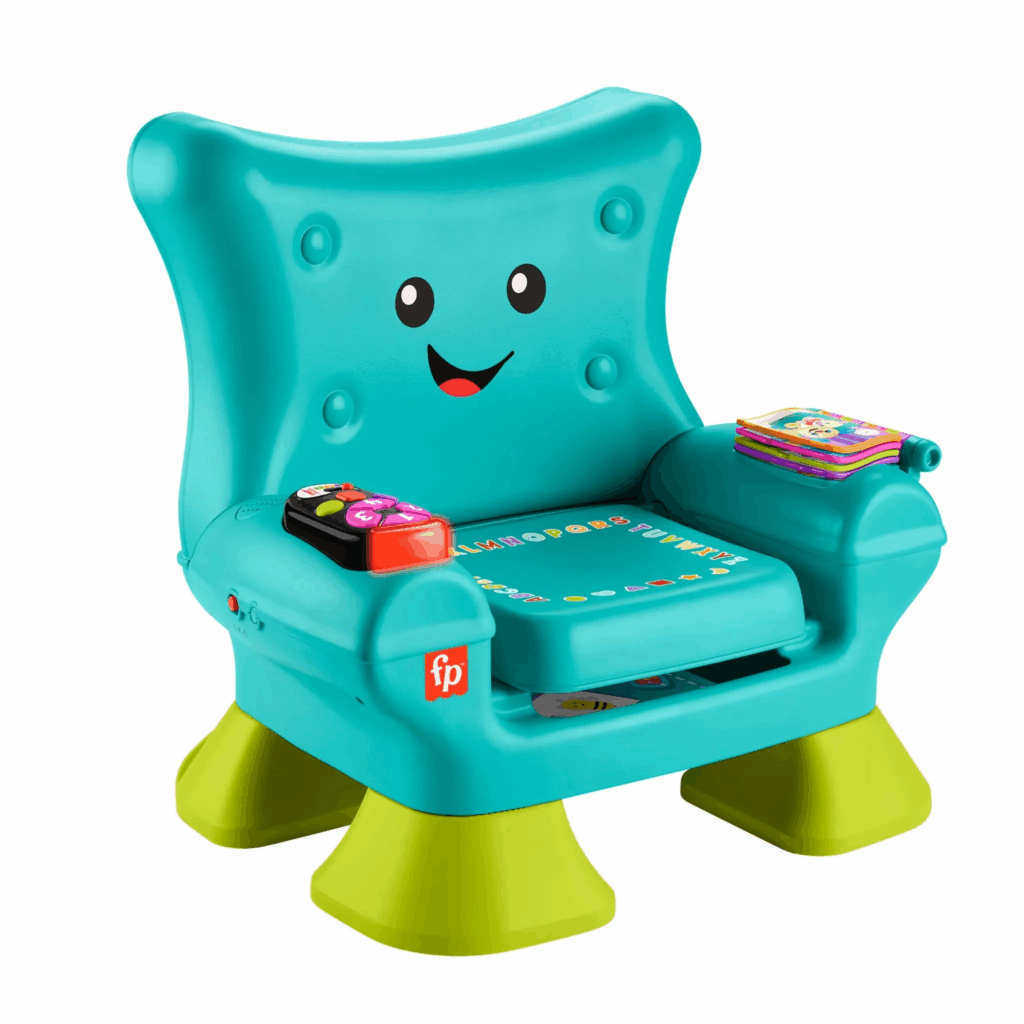
Fisher-Price has been helping kids learn and play since the 1930s, originally producing toys in East Aurora, New York. But like many major toy companies, Fisher-Price has moved most of its manufacturing overseas, primarily to China and Mexico. Though the brand still conducts safety testing and design in the U.S., the physical production is outsourced. This shift allows for lower prices and mass production but distances the brand from its American roots. For parents looking for U.S.-made toys, Fisher-Price no longer fits the bill—though its legacy in childhood development is still strong.
Read More: These Are The 13 TOP Best Italian Subs Across America
21. Not Made Here: Nike
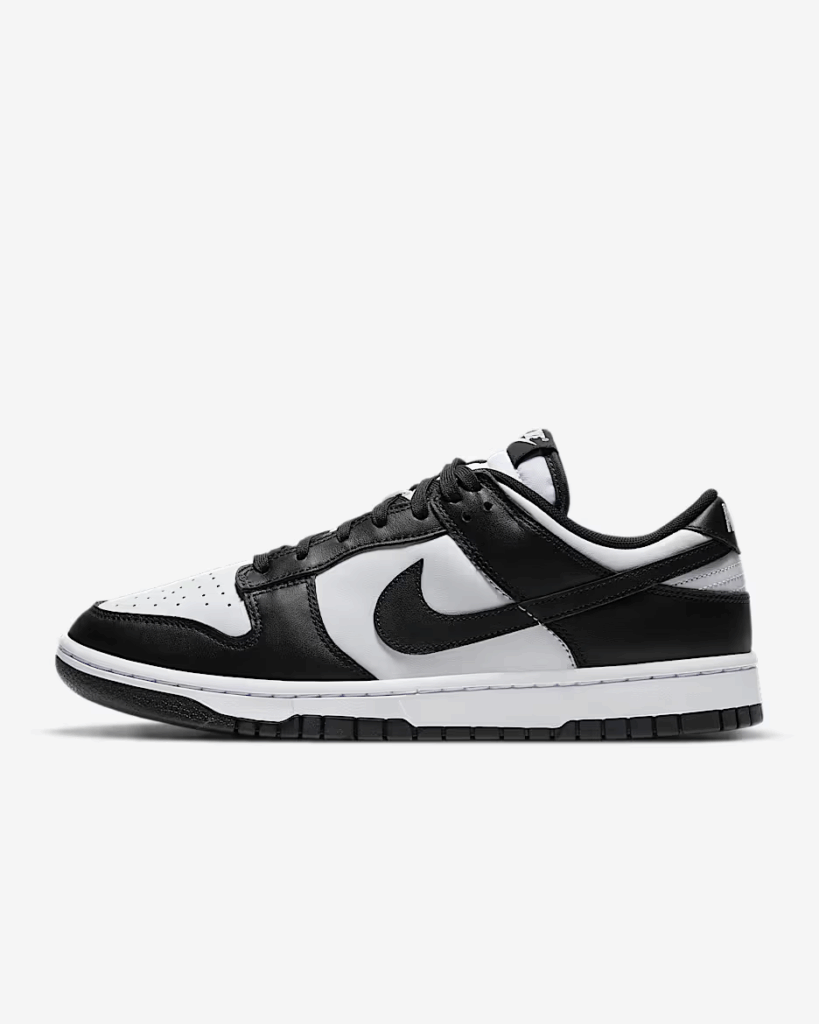
Nike may be headquartered in Beaverton, Oregon, but the brand’s production is far from home. The vast majority of Nike shoes, apparel, and accessories are manufactured in countries like Vietnam, China, and Indonesia. While Nike invests heavily in U.S. design, research, and marketing, it has long relied on international factories to produce goods at scale. The company has faced criticism over labor practices in some of these countries, leading to increased scrutiny and calls for reform. Despite that, Nike’s global supply chain remains firmly offshore. For consumers hoping to buy American-made athletic wear, Nike doesn’t make the cut.
22. Not Made Here: Apple Products
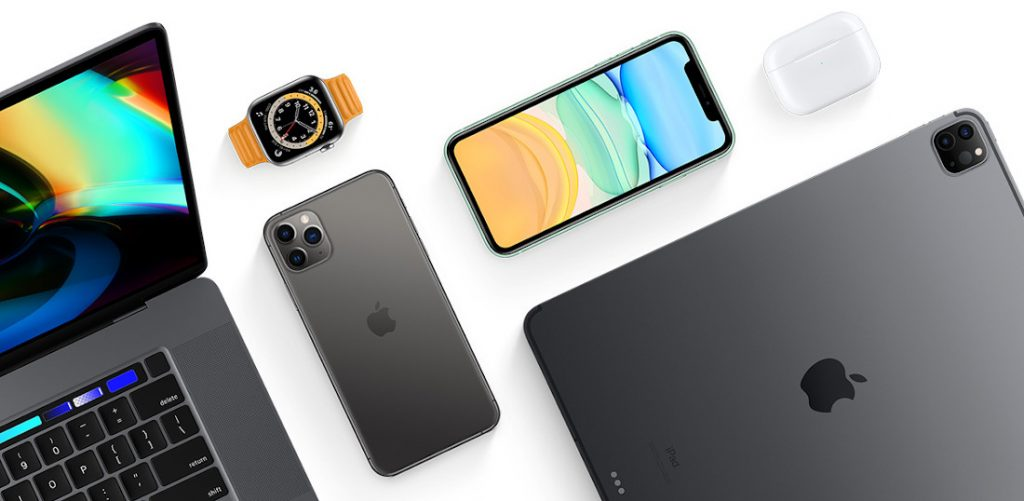
Apple’s sleek, minimalist products may be designed in California, but they’re built across the world. iPhones, iPads, and MacBooks are assembled primarily in China, mostly by Foxconn, Apple’s longtime manufacturing partner. Some parts are sourced from the U.S., like chips made by American tech firms, but the final assembly and packaging all happen abroad. Apple has occasionally flirted with reshoring small portions of its manufacturing, including limited Mac Pro assembly in Texas, but the overwhelming majority of its products are international. “Designed by Apple in California” may sound patriotic, but it’s not the same as made in America.
23. Not Made Here: Dell Computers
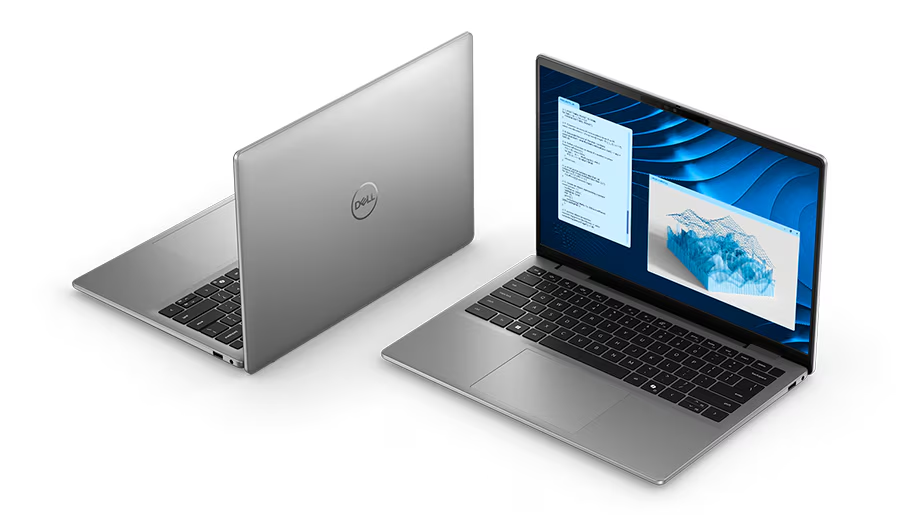
Dell started out in a college dorm room in Texas and quickly became a major player in American tech. For years, the company was proud to assemble computers in the U.S., with facilities in states like North Carolina and Texas. But today, most Dell laptops and desktops are manufactured in countries like China, India, and Malaysia. The shift was made to lower costs and increase production efficiency. While Dell still has a significant presence in the U.S. through customer service and corporate offices, its physical products rarely carry the “Made in USA” label anymore.
24. Not Made Here: Barbie (Mattel)
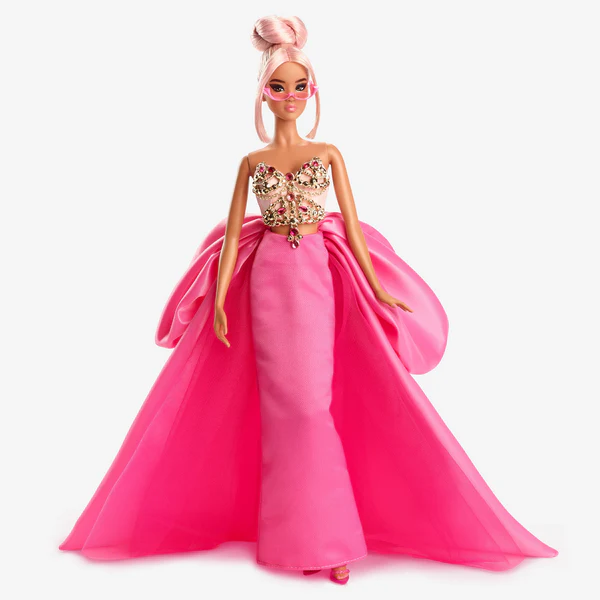
Barbie may be America’s favorite doll, but she’s not made in America anymore. Mattel, which created Barbie in 1959, has outsourced nearly all of its production to Asia. The dolls are now made in factories in China and Indonesia, where lower labor costs make large-scale production more feasible. While design and branding still happen in the U.S., Barbie herself is no longer a homegrown product. This global supply chain includes not only the dolls, but also accessories, clothing, and packaging. Despite being a cultural icon, Barbie’s production is now entirely international.
25. Not Made Here: Hasbro Toys
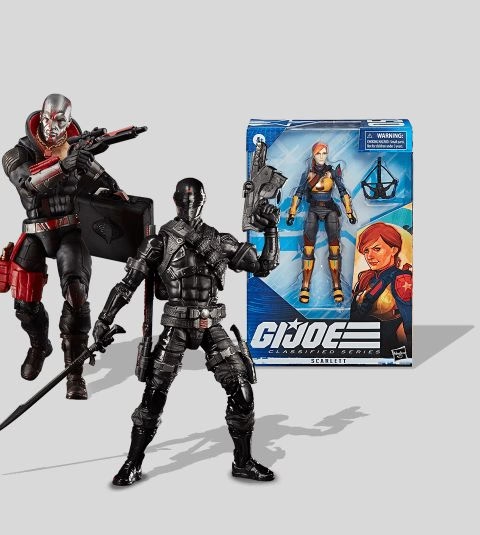
Hasbro is behind some of the most iconic toys in America, from G.I. Joe to My Little Pony and Nerf blasters. But like its competitors, Hasbro moved most of its manufacturing overseas, primarily to China and Vietnam. The company still handles product design and safety compliance in the U.S., but the actual production happens offshore. This decision was driven by the need to remain competitive in the global toy market. While Hasbro has made public commitments to ethical sourcing and sustainable practices, American-made toys are no longer part of the equation.
26. Not Made Here: Whirlpool (Some Products)
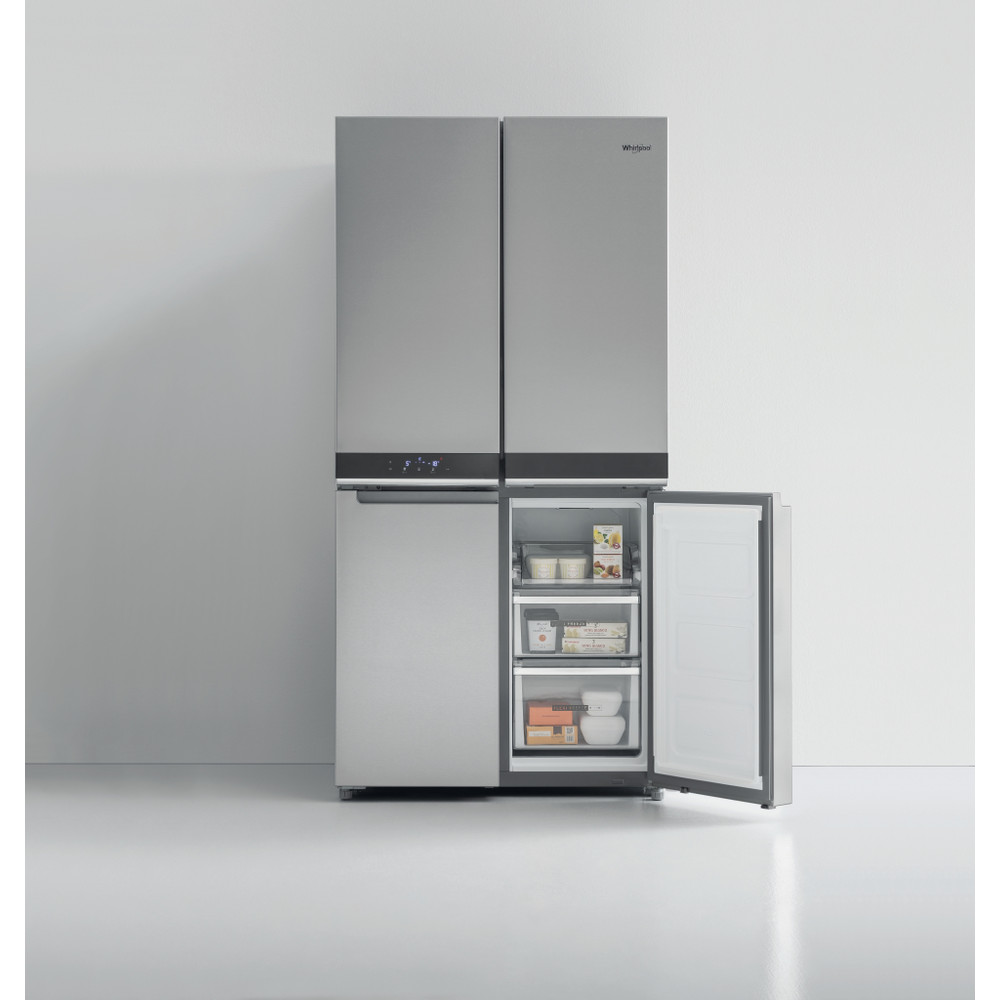
Whirlpool is one of the most recognized names in American home appliances and still has manufacturing facilities in the U.S., particularly in Ohio and Iowa. However, not everything with the Whirlpool name is made domestically. The company produces a significant portion of its components and some full appliances in Mexico and Asia. This includes select models of refrigerators, microwaves, and air conditioners. Whirlpool owns other brands like Maytag, KitchenAid, and Amana, some of which are also made overseas. While many products still qualify for “Assembled in the USA” labeling, they may contain foreign parts, so reading the fine print is essential.
27. Not Made Here: Motorola Phones
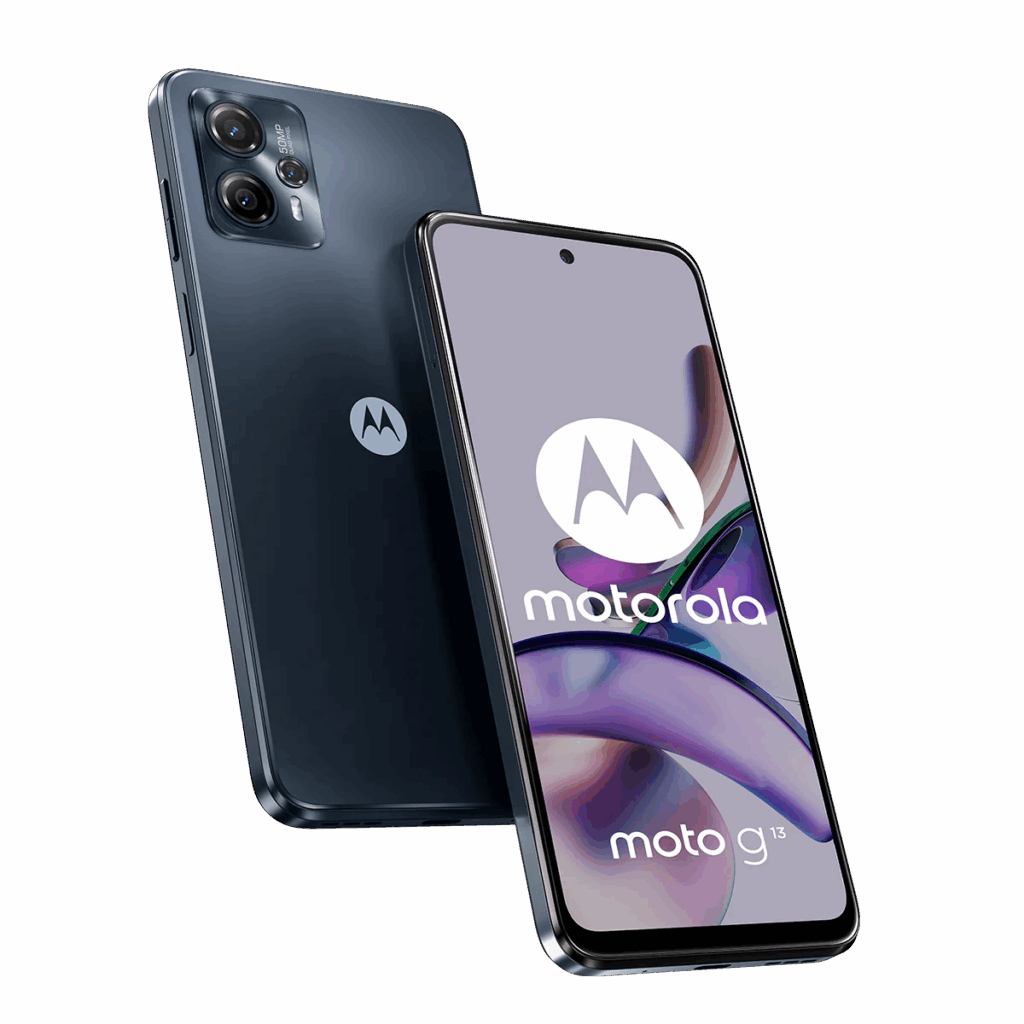
Motorola was once a powerhouse of American technology, famous for pioneering early mobile phone technology. Its headquarters were in Illinois, and for a while, it proudly assembled some smartphones in Texas. That ended in 2014 when Motorola Mobility, under Google ownership, shut down the U.S. factory. The brand is now owned by Lenovo, a Chinese company, and the manufacturing takes place primarily in China and Brazil. Motorola phones still use Android software and are sold globally, but the brand has become more international than American. What was once a symbol of U.S. telecom innovation is now a globally outsourced operation.
28. Not Made Here: Maytag (Some Appliances)
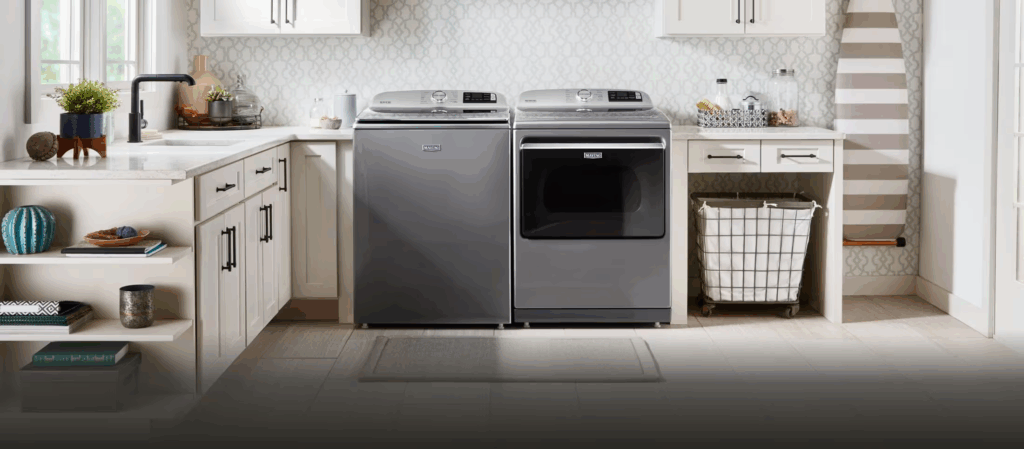
Maytag, long synonymous with dependable American washers and dryers, has followed the broader Whirlpool playbook since being acquired by the company in 2006. While some Maytag appliances are still made in Whirlpool’s U.S. facilities, many others are assembled abroad. Components are commonly sourced from Mexico, China, and other countries. This hybrid approach to manufacturing means you might buy a Maytag washer that was built in Iowa—or one that was put together overseas with imported parts. The iconic Maytag repairman might still be “lonely,” but the brand’s manufacturing is no longer purely domestic.
29. Not Made Here: IBM Hardware
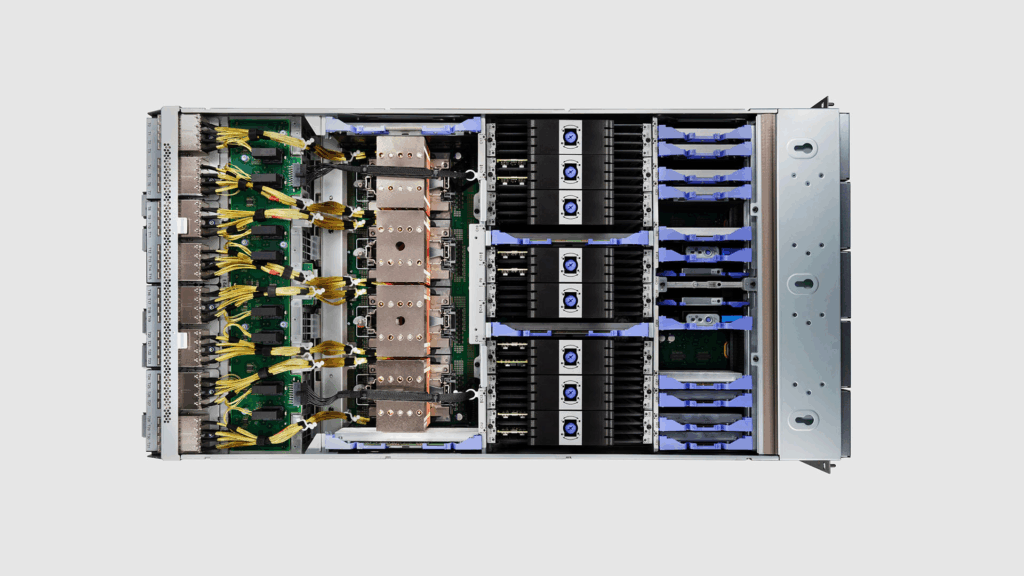
IBM, once the crown jewel of American computer hardware, has dramatically changed its business model. The company has largely exited the hardware space, selling off its PC division to Lenovo in 2005 and spinning off its server business not long after. While IBM still produces high-level enterprise computing systems and software, those few remaining hardware components are made through international partnerships. Most IBM-branded hardware is no longer a domestic product, and anything resembling a consumer-facing gadget from IBM is typically made overseas under a different brand. What was once manufactured in New York and Vermont is now part of the global tech ecosystem.
30. Not Made Here: Goodyear (Some Tires)
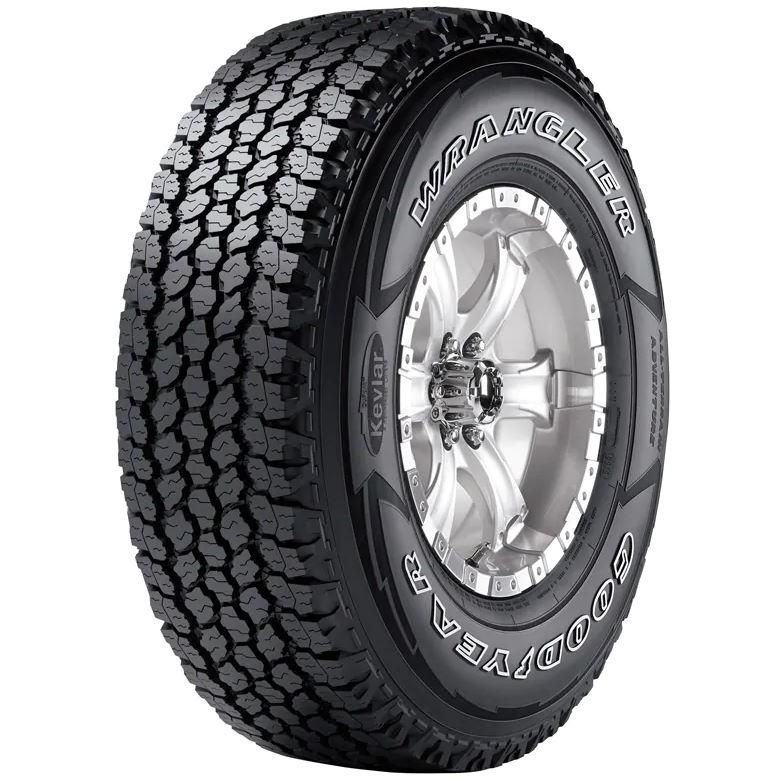
Goodyear is still headquartered in Akron, Ohio and continues to produce many tires in the United States. However, a large percentage of its tires are now manufactured in countries like China, Thailand, and Mexico. Goodyear operates international plants to serve global demand and to lower production costs. The brand’s commitment to American jobs remains in part, especially for certain premium or commercial tire lines, but everyday consumer tires are often imported. If you’re trying to buy American-made Goodyear tires, it’s important to check the manufacturing code on the sidewall. The company may be American in name, but not all its rubber meets American roads from U.S. soil.
31. Not Made Here: Gillette Razors
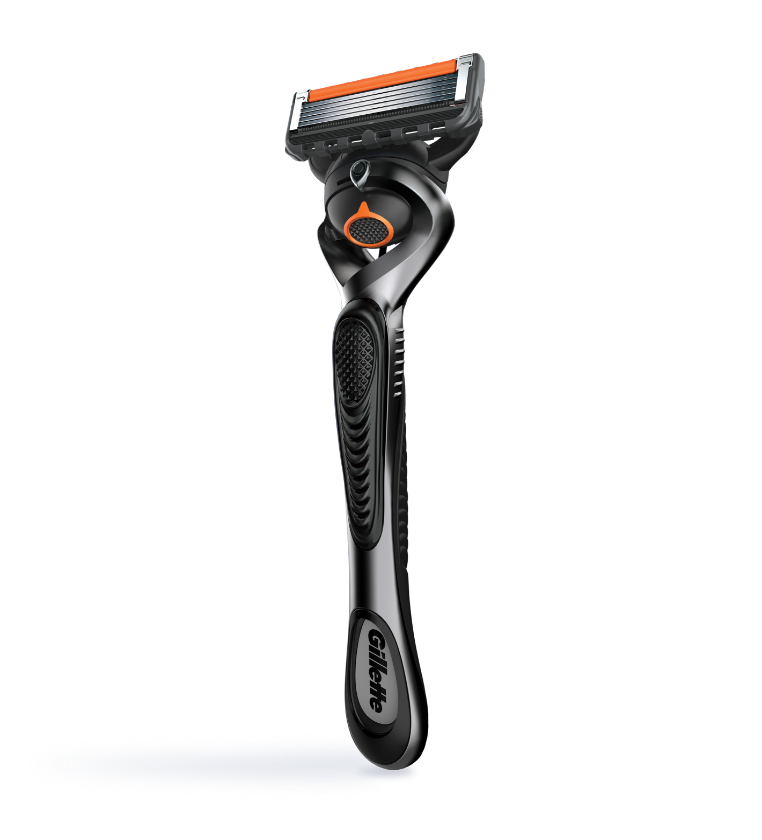
Gillette built its name on the promise of precision shaving, and for much of the 20th century, its razors were manufactured in Boston, Massachusetts. But times have changed. Today, the bulk of Gillette razors and blades are made in countries like Poland and Germany. Parent company Procter & Gamble shifted much of the production overseas to streamline operations and compete with newer budget brands. While Gillette still maintains some U.S. presence and R&D facilities, most of what you buy in stores was not made domestically. For shoppers loyal to the legacy of the all-American shave, the current supply chain might feel like a letdown.
32. Not Made Here: Timberland
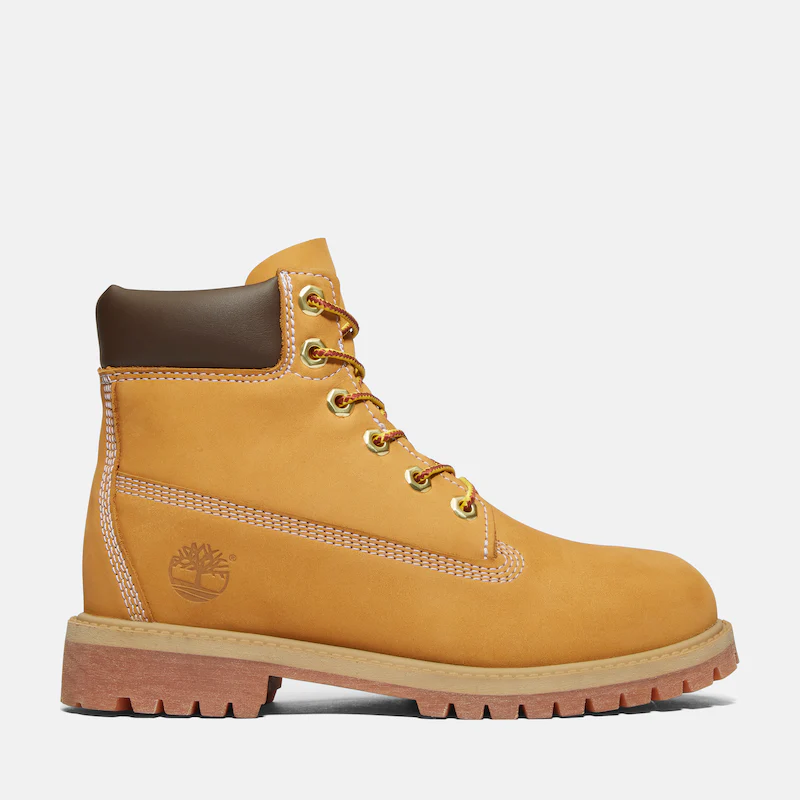
Timberland has always leaned into rugged, outdoorsy Americana with its iconic yellow work boots. But the brand, now owned by VF Corporation, produces most of its footwear in countries like the Dominican Republic, Vietnam, and China. While design and development still take place in the U.S., the boots themselves are rarely made on American soil. Some limited-edition runs have been assembled domestically, but these are the exception, not the rule. So while Timberland might evoke images of American workwear and city fashion alike, the label inside the boot will likely tell a different story.
33. Not Made Here: Black+Decker (Most Products)
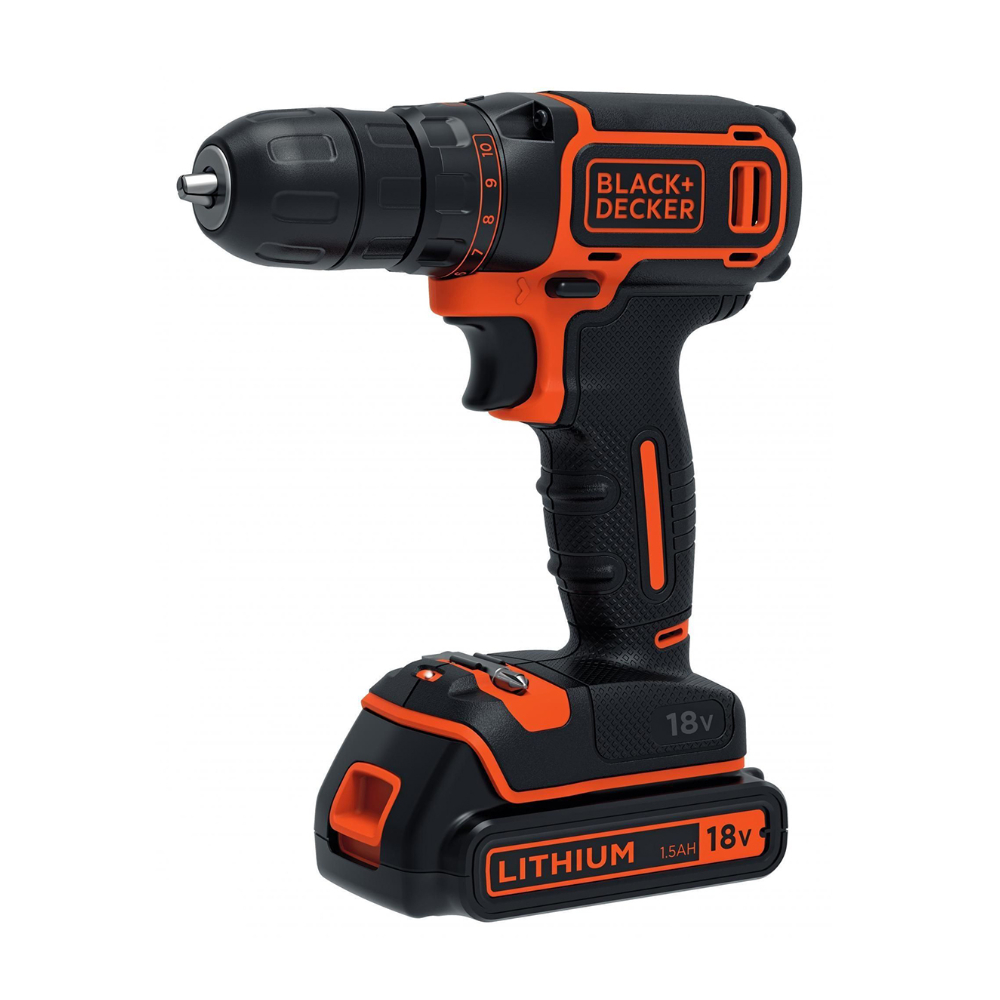
Black+Decker has been a household name in tools and appliances for over a century. Once manufactured in the U.S., many of the brand’s products are now made in China, India, and other parts of Asia. After merging with Stanley Works, the brand’s manufacturing strategy shifted toward global outsourcing to remain competitive in price. That means everything from power drills to coffee makers may look the same but are built far from their original Maryland roots. A few specialty items are still assembled in North America, but they’re increasingly rare in a sea of imports.
34. Not Made Here: IBM ThinkPads (Now Lenovo)
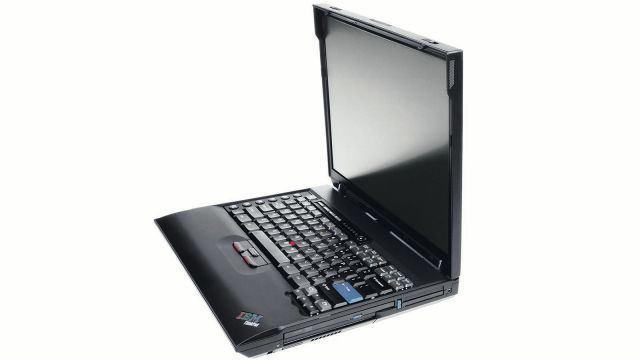
ThinkPad laptops started as an IBM innovation, beloved for their durability and performance. They were originally assembled in the U.S., with many components sourced domestically as well. But after Lenovo, a Chinese company, purchased IBM’s personal computing division in 2005, manufacturing moved abroad. Today’s ThinkPads are produced mostly in China, with some high-end models coming out of Japan or Mexico. While Lenovo maintains the ThinkPad’s business-oriented design philosophy, the physical product no longer has ties to American assembly lines. What was once a badge of U.S. computing excellence is now part of a global tech brand.
35. Not Made Here: Coleman Products
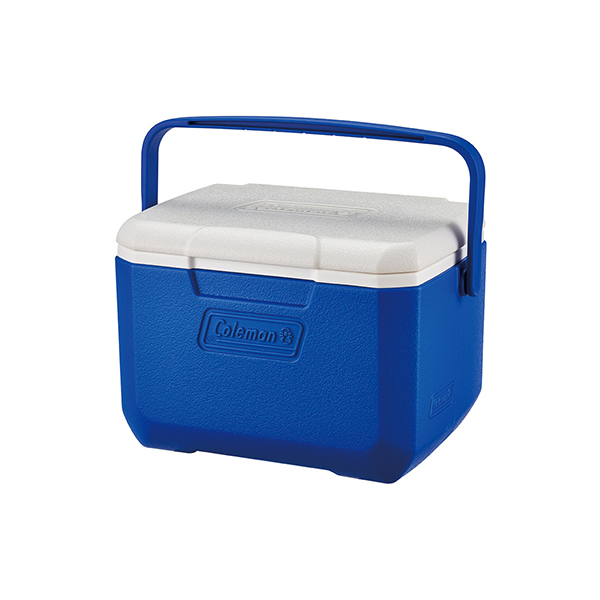
Coleman is an outdoor brand that practically invented car camping for the American family. Known for lanterns, stoves, tents, and coolers, Coleman was once proudly made in the U.S. Over the years, however, the company has gradually outsourced most of its manufacturing to China and other overseas locations. While the brand still operates out of Kansas and maintains customer support domestically, the gear itself is no longer American-made. It’s a common story for legacy outdoor brands—mass-market demand drove production overseas, leaving only a nostalgic image of what used to be.
36. Not Made Here:
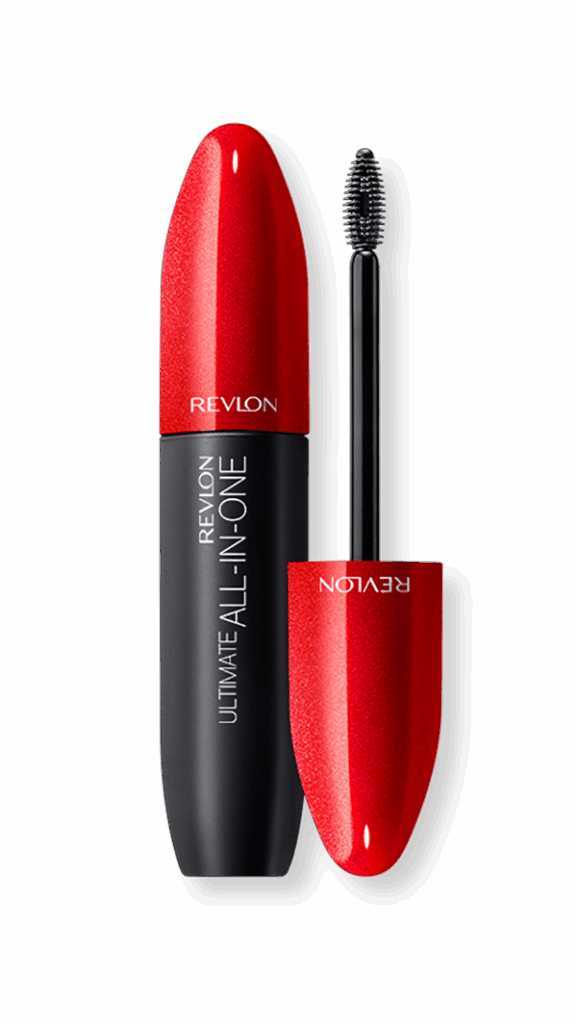
Revlon was once a beauty industry powerhouse with deep American roots, headquartered in New York City and manufacturing many of its cosmetics domestically. That changed over the years as the brand expanded globally. Today, much of Revlon’s production takes place in China and other countries, where lower labor and material costs help keep the price competitive in a saturated beauty market. While some packaging or final assembly may still happen in the U.S., the ingredients and bulk of the production process are typically international. For consumers who assume Revlon’s long-standing American branding reflects its manufacturing, the truth may come as a surprise.
37. Not Made Here: Reebok
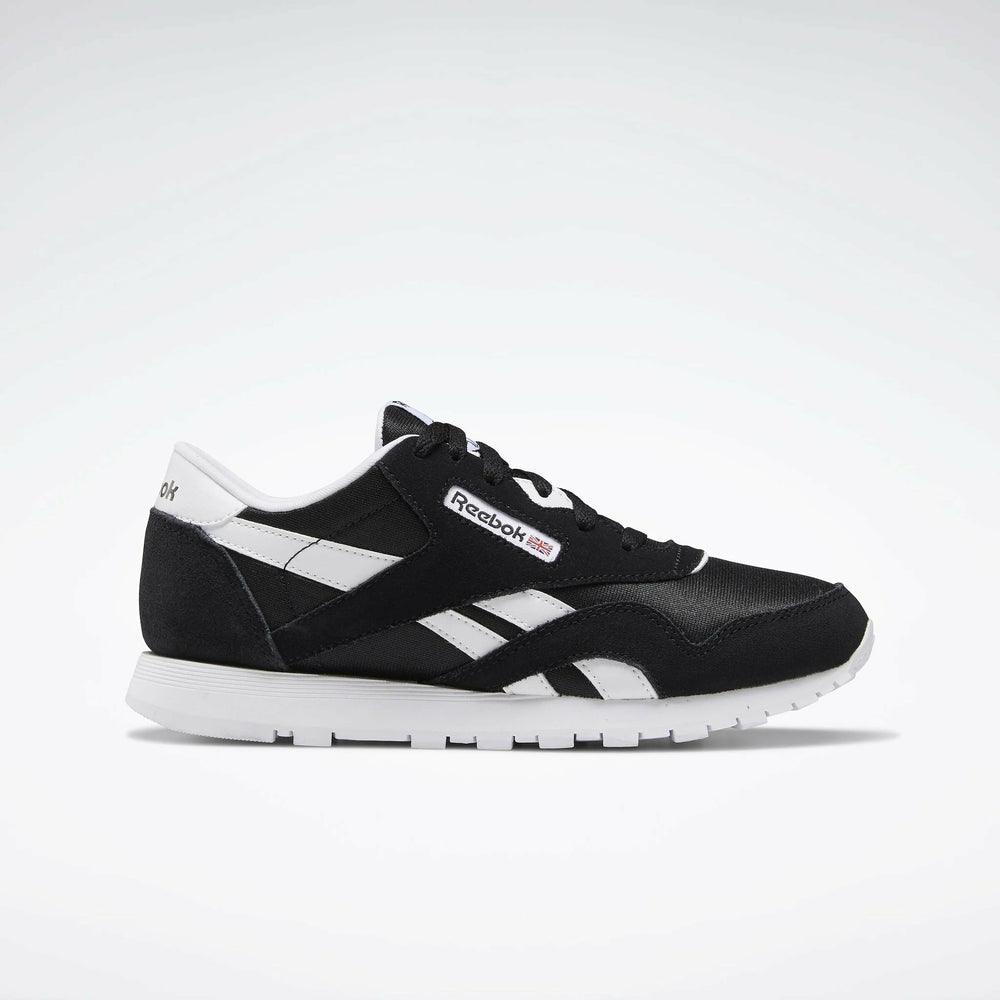
Reebok, originally a British company, became a major player in the U.S. market during the 1980s fitness boom and was later acquired by Adidas. Most of its manufacturing today is done in Vietnam, China, and other countries in Southeast Asia. While Reebok retains American offices and marketing operations, its sneakers and athletic wear are made entirely offshore. For a brief period, the brand experimented with small-scale U.S. manufacturing at its “SpeedFactory” locations, but those were ultimately closed due to high costs. Today’s Reeboks are far from U.S.-made, despite their long-standing popularity with American consumers.
38. Not Made Here: Whirlpool (Subsidiary Brands)

While Whirlpool itself still manufactures some products in the U.S., several of its subsidiary brands—such as Amana, JennAir, and certain lines of Maytag—are made abroad. These items may be assembled in Mexico or constructed using parts sourced globally. Even if the final assembly is domestic, Whirlpool uses a hybrid approach to production, meaning many internal components are imported. This blend of local and overseas manufacturing allows the brand to compete on pricing, but it complicates efforts by customers looking to buy 100% American-made appliances. Always check the model’s label if origin matters to you.
39. Not Made Here: Sharpie (Some Products)

Sharpie is one of those office staples that feels inherently American. The brand began in the U.S. and is still owned by Newell Brands, a company headquartered in Georgia. However, Sharpie’s manufacturing is split. Some markers and pens are still made domestically in plants like the one in Maryville, Tennessee. Others, especially specialty items or lower-cost lines, are produced in China and Mexico. So while the core products may be U.S.-made, not all of them are. If “Made in the USA” is important to you, you’ll need to check the packaging on each product.
40. Not Made Here: Chevrolet (Select Models)
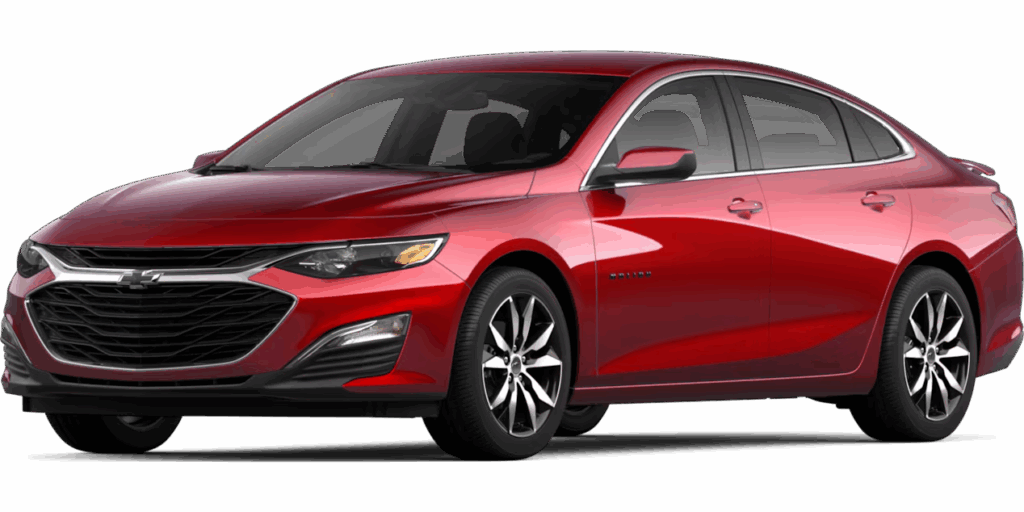
Chevrolet, part of General Motors, markets itself as an iconic American car brand—but not all of its vehicles are built in the U.S. Several popular models, including the Chevrolet Trax and Equinox, are assembled in Mexico and Canada. Others use components sourced globally. GM uses a global production strategy to optimize costs and distribution, meaning your “American” car could have parts from five different countries. While some Chevys, like the Corvette and Silverado, are still made on U.S. soil, not every model qualifies. Buyers looking for truly American-made vehicles should dig into the VIN and production details.
41. Not Made Here: Wrangler Jeans (Most Styles)
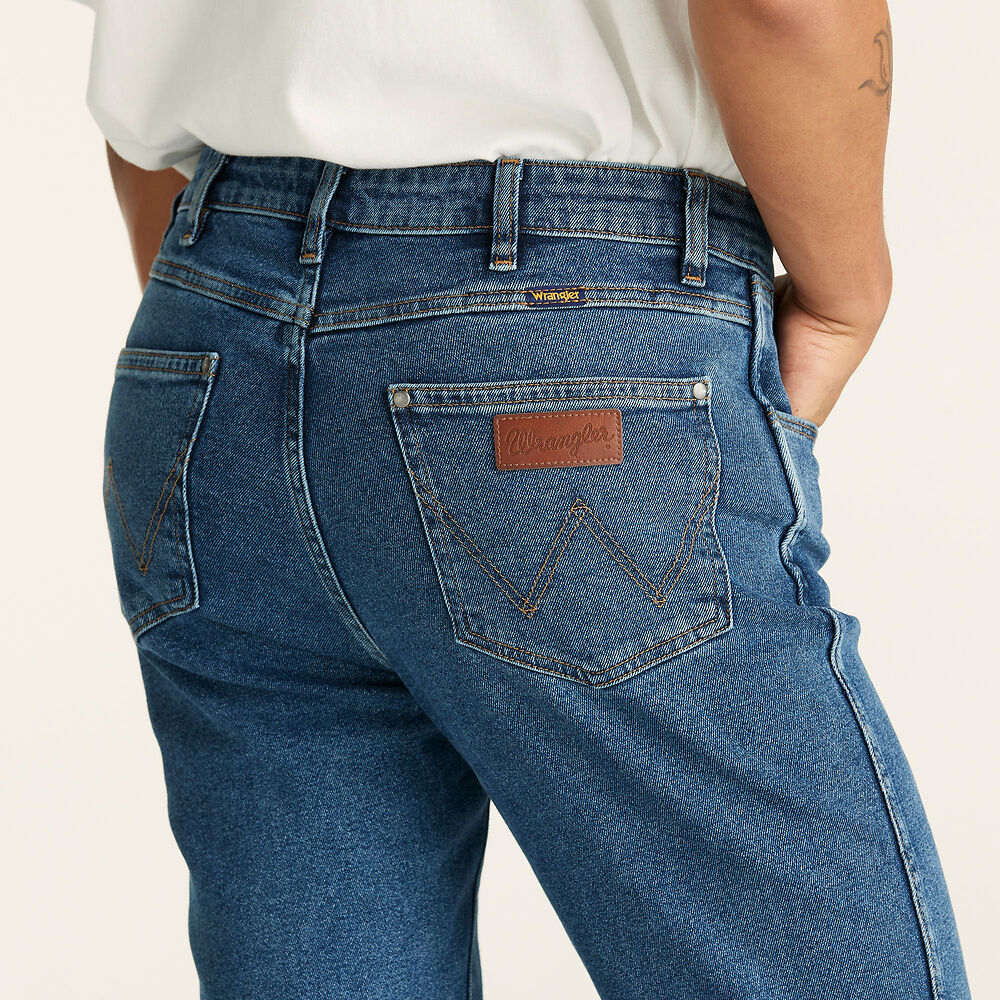
Wrangler is another brand often thought of as a rugged American staple, worn by ranchers, workers, and rodeo champs. However, the bulk of Wrangler jeans are now made overseas, particularly in countries like Bangladesh, Vietnam, and Mexico. While the brand was once manufactured in places like Greensboro, North Carolina, globalization eventually led to outsourcing most production. Wrangler still maintains U.S. offices and design operations, and occasionally releases “Made in USA” limited editions, but the majority of its jeans sold in stores today are imported. That cowboy look may still be American, but the stitching usually isn’t.
Conclusion
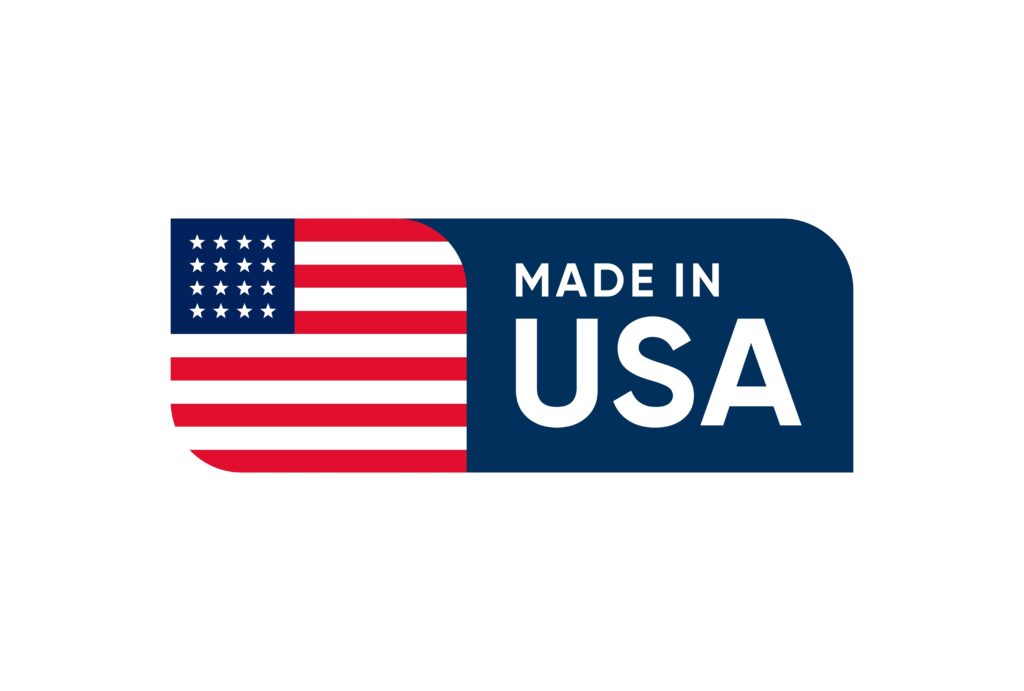
Brand loyalty often comes with assumptions—like believing a trusted name still makes its products where it all began. But in today’s global economy, many American companies have moved operations abroad, seeking lower production costs and faster turnaround times. At the same time, a smaller group of brands has made the opposite choice: to invest in local workers, factories, and materials despite competitive pressure. This list isn’t about judging either decision—it’s about transparency. Whether you’re buying socks, tools, or sneakers, knowing where your goods are made helps you vote with your wallet. If supporting American manufacturing is important to you, labels and company histories deserve a second look. In a market full of mixed signals, clarity is power.
Read More: 9 Surprisingly Uncomfortable American Questions That Confuse the Rest of the World

